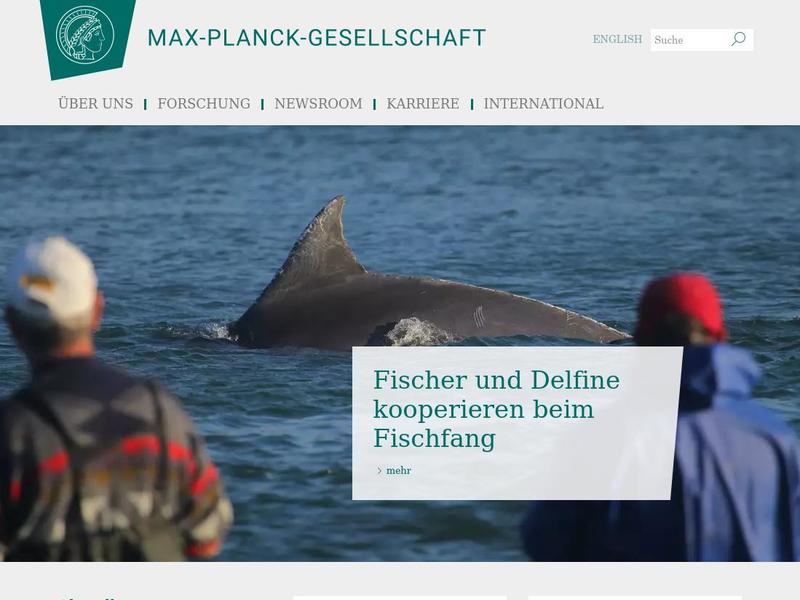One species, many origins https://www.mpg.de/13917010/one-species-many-origins
A group of researchers argue that our evolutionary past must be understood as the outcome of dynamic changes in connectivity, or gene flow, between early humans scattered across Africa. Viewing past human populations as a succession of discrete branches on an evolutionary tree may be misleading, they said, because it reduces the human story to a series of “splitting times” which may be illusory.
Sure, non-Africans today have some ancestry from Neanderthals, and some have appreciable

